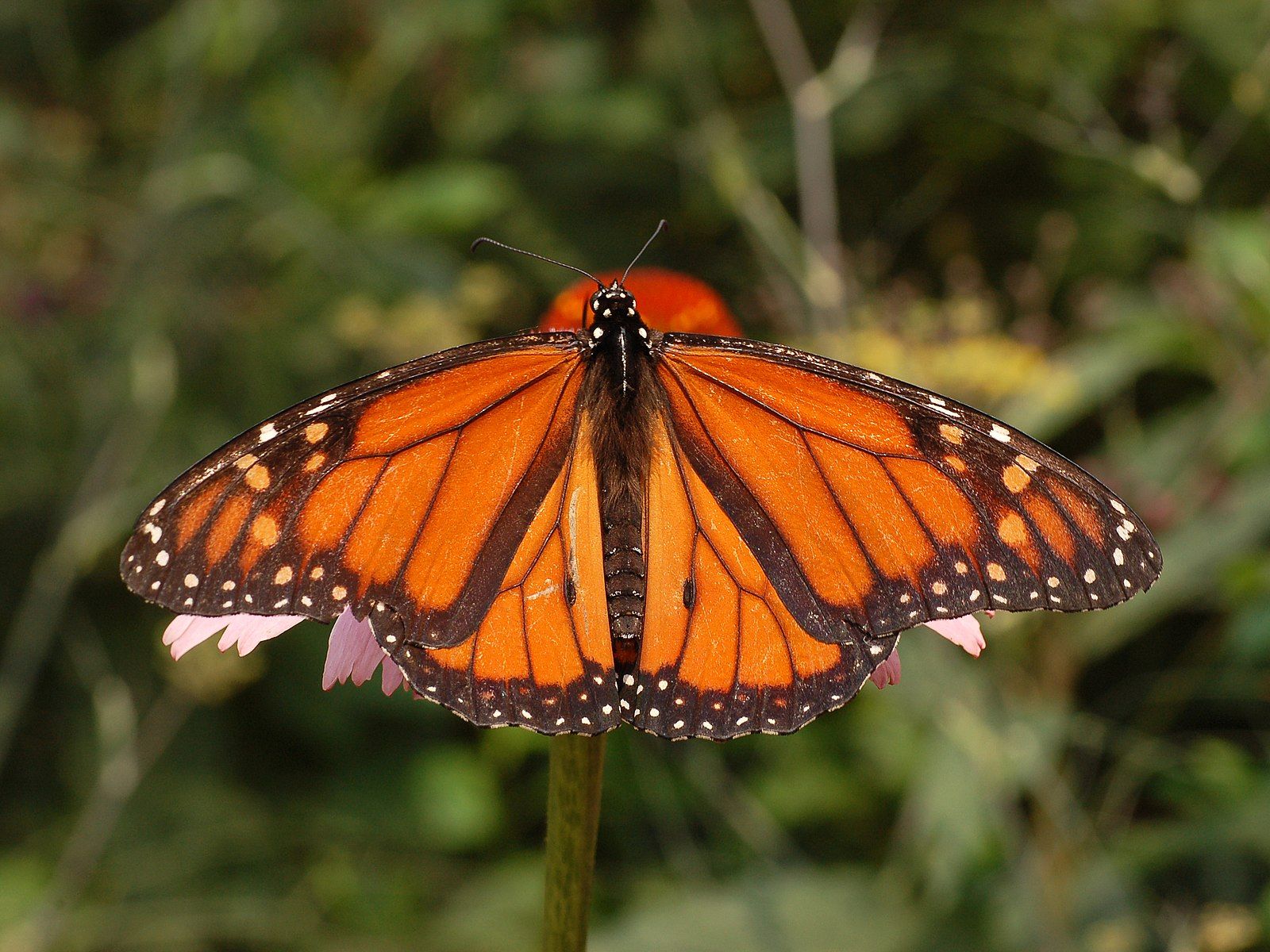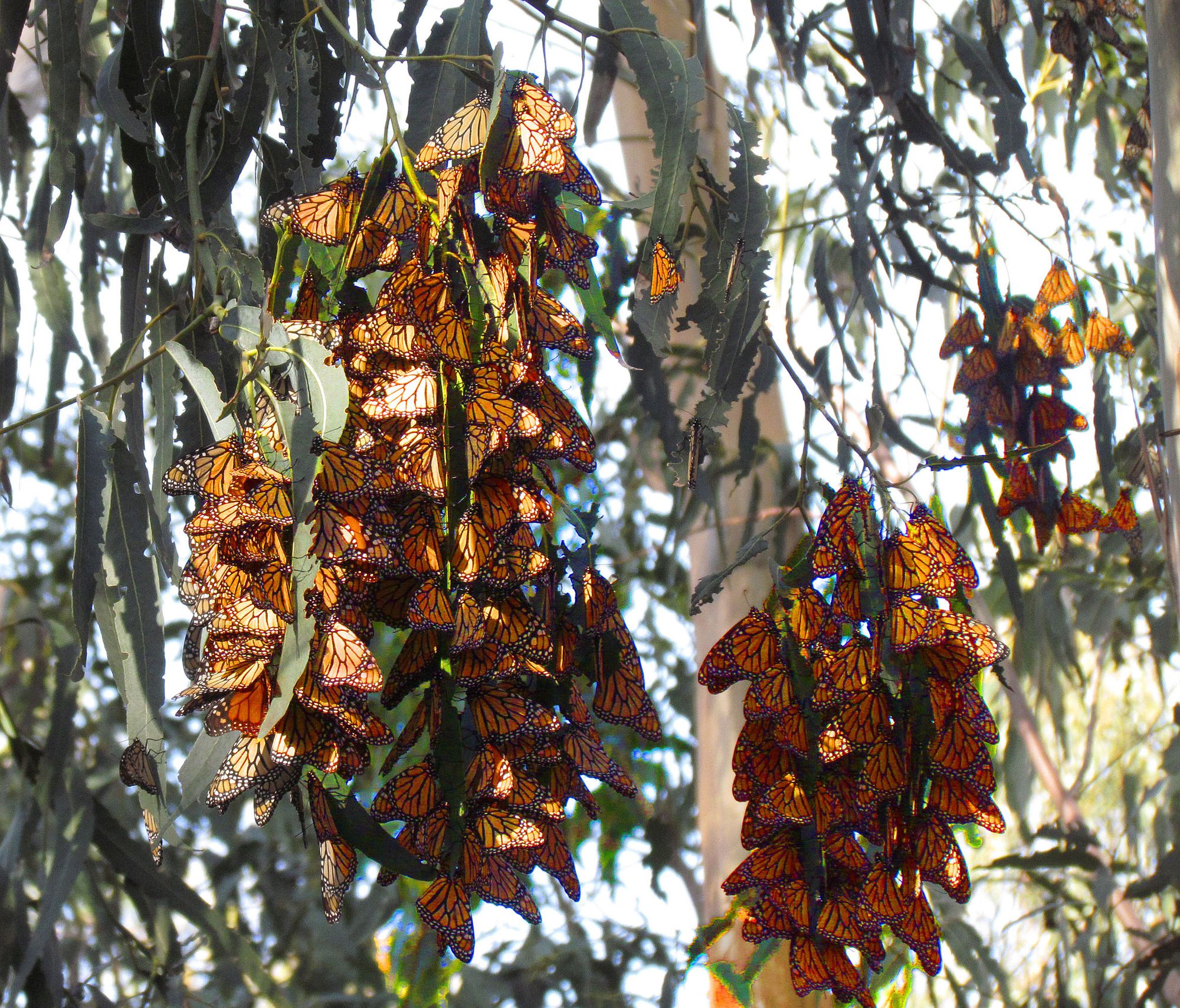
As many of you are probably aware, the monarch butterfly, Danaus plexippus, was recently classified as Endangered. These beautiful creatures are a frequent sight in Florida (as well as a close mimic, the viceroy, Limenitis archippus, which is thankfully not also in trouble) and have been under increasing pressure over recent years.
Firstly, to clarify, the classification was instituted by the IUCN (International Union for the Conservation of Nature), not any particular government entity. In addition, this is not for the species as a whole, but for the migratory population native to the Americas (the entire species is still classified as Least Concern). As of yet, the monarch butterfly is not listed under the United States Endangered Species Act. There have been efforts to do so, but it is currently in a sort of limbo. The US Fish and Wildlife Service agreed in 2020 that listing of the species was ‘warranted’ but ‘precluded’ due to the need to focus resources on higher priority species. In other words, the monarch needs protection, but they feel they don’t have the funds for it.
What this all means is that the monarch is not in danger of going completely extinct, but that a large and unique group of them is. Population declines in North America over the last ten years are between 22% and 72%. Monarch migration is an awe-inspiring and unique behavioral pattern. Many of their other, stable populations are found on islands and do not engage in this behavior at all. Their overwintering behavior is something that has fascinated me from a young age. I remember watching a program on how they would hold onto each other in huge clumps like the ones pictured below. It was in Mexico and all the surrounding trees were covered in butterfly clusters.

Unfortunately, the very thing that makes this population of butterflies unique is also what makes it vulnerable. They migrate over such a large area, they fall under the jurisdiction of well over a dozen countries in total. Lax protections anywhere along the route can have a cascade effect. The decline of monarch numbers isn’t a new phenomenon. Habitat loss in both their summer and winter gathering areas has been on the rise for some time, though population numbers have mainly been declining only in the latter.
What Can You Do?
If you want to help preserve our monarch butterflies, there are a few things you can consider:
- Create a butterfly garden. This has the dual benefit of helping butterflies and allowing you to be able to see them. I myself am not a gardener, so I don’t have any personal tips, but this site from UF is an excellent starting point no matter where you are in Florida.
- Plant native milkweed. In addition to the nectar plants in a butterfly garden, milkweed plants are vital to its lifecycle. These plants, mostly from the Genus Asclepias, are the only food source for monarch caterpillars. However, be careful and do your research beforehand. Different geographic locations will have different species of milkweed that are best suited for the local conditions. Make sure you’re planting the right one.
- Become an advocate. Write to your local, state, or federal representatives. Tell them that you consider efforts to preserve monarch butterflies a priority.